5 things that can go wrong with your IUD and what to do about it.
 May 19, 2018
May 19, 2018
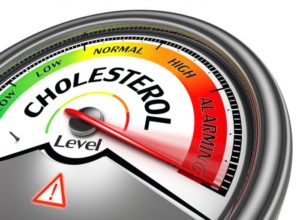
High Cholesterol
There are many different types of fat found in the human body. “Cholesterol” is one of the types of fat found in the human body. “High cholesterol”, also known as Hypercholesterolemia is a disease that results from having too much of the fat Cholesterol in the body. In addition to cholesterol, Triglyceride is another type of fat found in the human body. While having too much of the fats cholesterol and triglyceride in the body can cause health problems, the human body does need these fats to do many important things. Fat in the form of cholesterol for example is used to make the envelops that surround and protect all of the body’s cells. Fat in the form of cholesterol is also used to make many of the hormones that are critical to human survival.
Because cholesterol is so important to humans, the human body is actually able to make most of the cholesterol that it needs to function on it’s own. So, most cholesterol that humans consume as a part of their diet ends up being “extra” cholesterol that the body really doesn’t need. Much of the extra cholesterol that the body really doesn’t need then just ends up collecting in the blood stream. As cholesterol builds in the blood stream, plaques made of cholesterol start to form along the walls of the blood vessels.
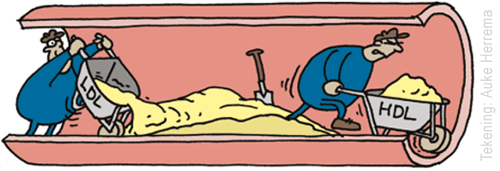
Cholesterol travels in the bloodstream using “vehicles” called lipoproteins. There are 2 different types of lipoprotein that carry cholesterol around in the bloodstream. One is called “LDL” or Low Density Lipoprotein. The other is called HDL or High Density Lipoprotein. LDL’s job is to “deliver”, or to dump cholesterol around to different parts of the body. HDL’s job is to “collect”, or to scavenge cholesterol from different parts of the body. Because LDL delivers “extra” cholesterol to different parts of the body, it is frequently referred to as the “bad cholesterol”. This is because LDL cholesterol delivers the extra cholesterol in the bloodstream that makes unhealthy plaques along the walls of blood vessels. HDL cholesterol is frequently referred to as the “good cholesterol” because it collects or scavenges extra cholesterol from the blood stream, helping to breakdown unhealthy plaques that collect along blood vessels walls.
Fats like cholesterol and triglyceride serve a number of important functions in the human body. Triglycerides for example are an important source of energy for the human body. Like cholesterol, triglycerides also travel in the bloodstream using “vehicles” called lipoproteins. The lipoprotein that transports triglyceride around in the bloodstream is called Very Low Density Lipoprotein or “VLDL”. Just like high cholesterol levels, high triglyceride levels in the bloodstream can be dangerous. This is because high triglyceride levels in the bloodstream can also cause plaques made of triglyceride to form along blood vessel walls.
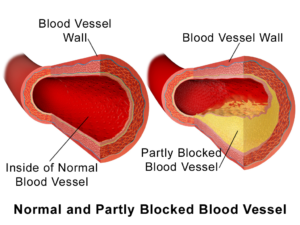
Normal blood vessel (left) and narrowed blood vessel (right)
High cholesterol is dangerous because too much cholesterol in the bloodstream causes cholesterol plaques to form along the walls of blood vessels. High triglycerides are dangerous because too much triglyceride in the bloodstream causes triglyceride plaques to form along the walls of blood vessels. As cholesterol and/or triglyceride plaques form and become larger, the fats from these plaques can seep into the walls of blood vessels. This can then make the blood vessels hard and narrow. As blood vessels harden and become more narrow, less blood can flow through them. This may result in the organ(s) that these blood vessels are supplying blood to getting less blood flow. Less blood flow to these organs means fewer nutrients and less oxygen for them.
When the heart is not receiving enough blood, nutrients and oxygen, a heart attack can result. When the brain is not receiving enough blood, nutrients and oxygen, a stroke can result. Cholesterol and triglyceride plaques in the blood vessels aren’t just dangerous because they can cause hardening and narrowing of the blood vessels however. These plaques are also dangerous because they can rupture, releasing dangerous blood clots into the circulation that can damage organs like the brain, lungs and heart.
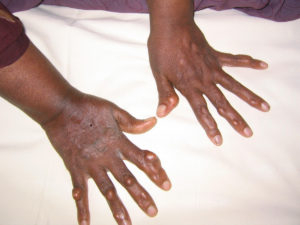
“Xanthoma” cholesterol deposits beneath the skin.
For the vast majority of people with high cholesterol and/or high triglycerides, there are no symptoms. Some people that have rare genetic forms of high cholesterol may develop lumps under their skin. When this occurs, these lumps are composed of cholesterol. They are however extremely rare.
 High cholesterol and high triglycerides are diagnosed by a blood test called a “Lipid Panel”. A lipid panel measures the amount of fat in the blood. Cholesterol is a form of fat. So, a lipid panel measures how much total cholesterol is in the blood. A lipid panel also measures how much of the total cholesterol in the blood is travelling as part of LDL, or the “bad cholesterol”, and how much is travelling as part of HDL, or the “good cholesterol”. Additionally, lipid panels measure levels of the fat triglyceride in the blood. Some lipid panels may also measure how much of the triglyceride in the blood is travelling as part of VLDL.
High cholesterol and high triglycerides are diagnosed by a blood test called a “Lipid Panel”. A lipid panel measures the amount of fat in the blood. Cholesterol is a form of fat. So, a lipid panel measures how much total cholesterol is in the blood. A lipid panel also measures how much of the total cholesterol in the blood is travelling as part of LDL, or the “bad cholesterol”, and how much is travelling as part of HDL, or the “good cholesterol”. Additionally, lipid panels measure levels of the fat triglyceride in the blood. Some lipid panels may also measure how much of the triglyceride in the blood is travelling as part of VLDL.
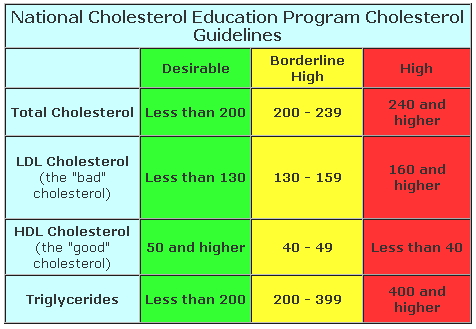
Cholesterol Guidelines
For people over the age of 20, total blood cholesterol levels should be less than 200. Additionally, LDL cholesterol levels should be less than 130 and HDL cholesterol levels should be higher than 50. The higher the HDL levels are the better. This is because HDL is the “vehicle” that removes cholesterol from the blood; lowering total blood cholesterol levels in the process. Like LDL levels, triglyceride levels should also be less than 200.
High cholesterol can be caused by a number of things. They include a poor diet, obesity, inactivity, family history and age.

High Fiber Foods
High triglycerides can be caused by a number of things. They include a poor diet, obesity, inactivity, diabetes, thyroid disease and drinking alcohol.
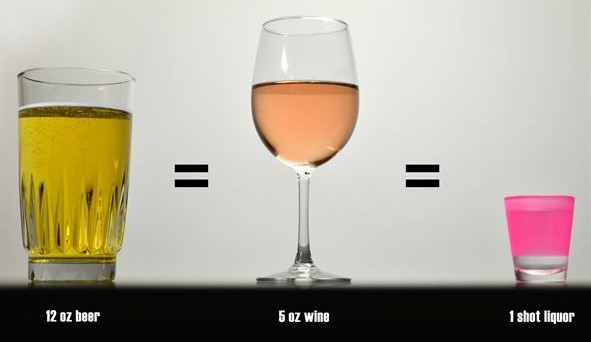
Moderate alcohol consumption
The same things that can help to prevent high blood cholesterol can also be used to treat high blood cholesterol. This means that eating a proper diet, maintaining a healthy weight and exercising regularly can all be used to treat high blood cholesterol. When these lifestyle modifications are not effective however, medications may be used. Medications used to treat high cholesterol include Statins, Bile-Acid-Binding Resins, Cholesterol Absorption Inhibitors and certain injectable medications.
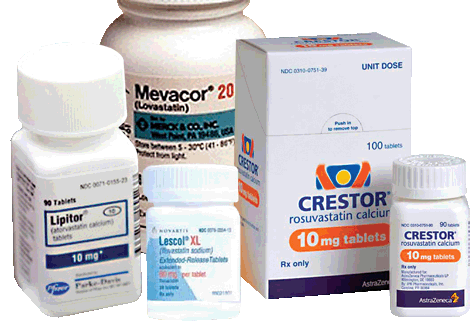
Commonly Used Statins
The same things that can prevent high blood triglycerides can also be used to treat high blood triglycerides. This means that eating a healthy diet, maintaining a healthy weight, exercising regularly and drinking alcohol in moderation are all lifestyle modifications that can be used to treat high blood triglycerides. When these lifestyle modifications are not effective however, medications may be used. Medications used to treat high blood triglycerides include Fibrates, Niacin and Omega-3 Fatty Acid supplements.
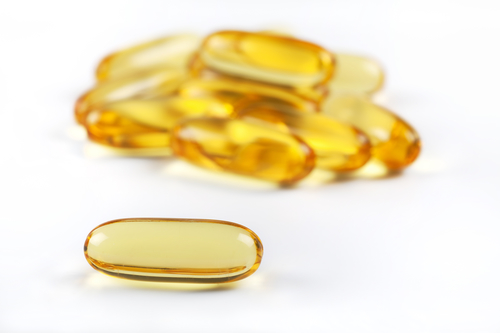
Omega-3 Fatty Acids
